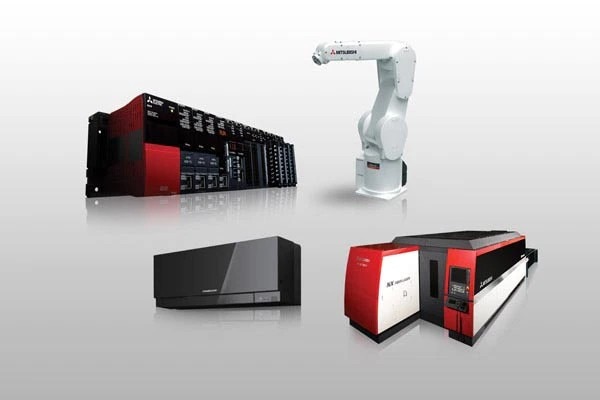Wiadomości
Informacje są aktualne w chwili publikacji, jednak mogą ulec zmianie bez wcześniejszego powiadomienia.
Na tej stronie wyświetlane są tylko najnowsze pozycje. Aby uzyskać pełne archiwum informacji prasowych, kliknij „Wyszukaj według kategorii lub roku”.
Bezpłatne wyszukiwanie słów
Komunikaty prasowe publikowane na tej stronie można wyszukiwać za pomocą bezpłatnego wyszukiwania słów
Szukaj według kategorii lub roku publikacji
Nie ma żadnych artykułów dla określonego warunku.



